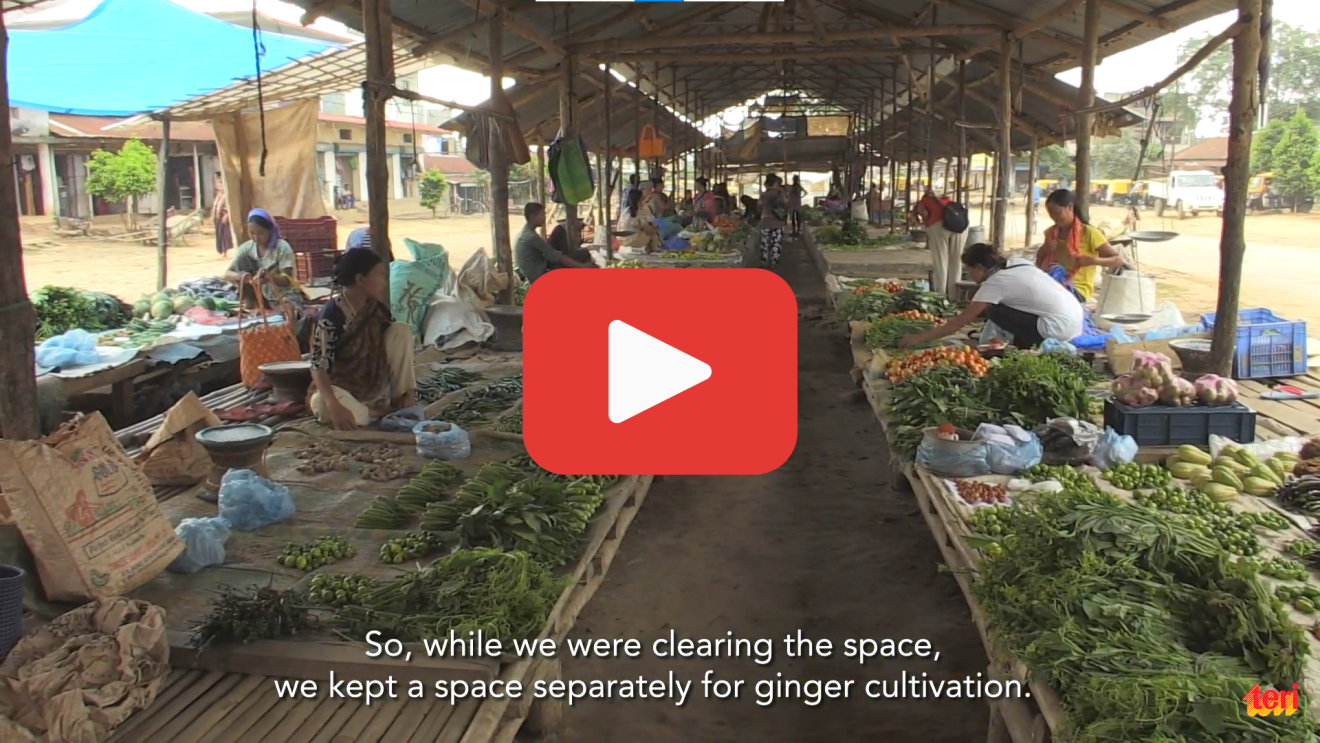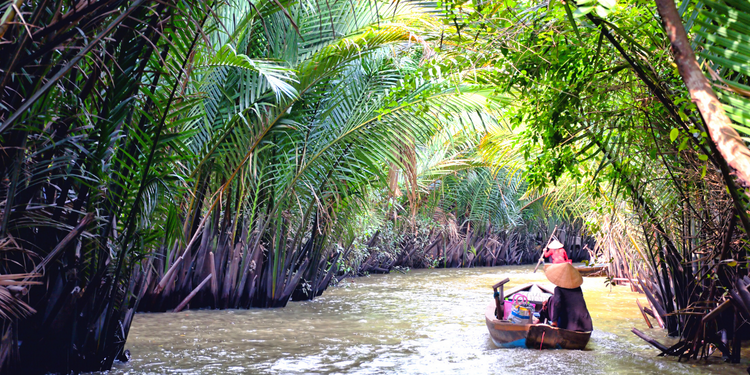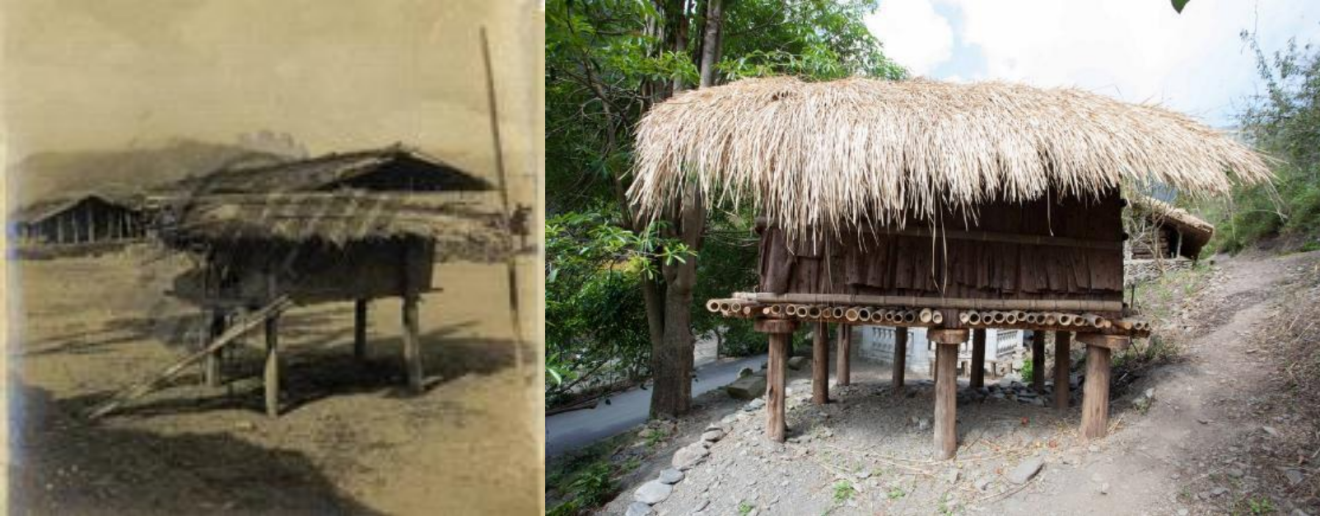|
|
|
|
|
Dear IPSI members and friends, we wish you a happy new year!
|
The final text of the historic Kunming-Montreal Global Biodiversity Framework, agreed at the 15th meeting of the Conference of Parties to the UN Convention on Biological Diversity is now available in all UN languages as document CBD/COP/15/L25.
|
|
We look forward to working with all of you to achieve the framework’s goals.
|
|
-
|
Video on shifting cultivation
|
- Completed Collaborative Activity: SATO-UMI-YAMA Project
- Case study on the sustainable development of indigenous tribes in Chinese Taipei
- And more!
Contacts us to submit new case studies and news about your activities.
|
|
|
|
|
|
Thank you for your abstracts!
|
We would like to thank everyone that submitted an abstract to be considered for the ninth volume of the annual series Satoyama Initiative Thematic Review (SITR-9): “Business and biodiversity: reciprocal connections in the context of socio-ecological production landscapes and seascapes (SEPLS)”. A full manuscript will be requested by 20 February 2023 if your submission is shortlisted.
|
|
|
|
|
|
|
|
Jhum The Shifting Landscape
|

|
Shifting cultivation is a traditional agricultural practice in which farmers slash down an area of secondary forest, burn the area and grow crops for a limited period, and then move to a different location and let the area fallow to restore soil fertility. This practice of agriculture is intricately related to the socio-cultural and economic well-being of indigenous communities. This video shows The Energy and Resources Institute’s (TERI) research on understanding the role of shifting cultivation for a sustainable society and environment in the present context.
|
|
To learn more about TERI’s research, go to the FEATURED PUBLICATION section below and go to the TERI website.
|
|
|
|
|
|
|
|
Completed IPSI Collaborative Activity - SATO YAMA UMI Project: Environmental Education and Public Awareness on Biodiversity Conservation in Asia Pacific Region
|

|
|
Under the slogan “Sending Our Great Nature and Culture to the Future” and in line with the Satoyama Initiative, this collaborative activity developed and widely disseminated environmental education and public awareness tools, as well as human resources, coupled with capacity building in site-based activities in six countries, for advancing current and future conservation and sustainable use of biodiversity in the Asia and Pacific region.
|
Some of the key achievements:
|
- 51 different materials were developed for environmental education and awareness raising in six countries (Bhutan, Cambodia, Indonesia, New Caledonia, Samoa, and Vietnam).
- Over 50,000 people received environmental education or participated in public awareness programs.
IPSI organisations: Japan Environmental Education Forum, Birdlife International, Conservation International, Royal Society for Protection of Nature.
|
|
Other participating organisations: Viet Nature, Mlup Baitong.
|
|
|
|
|
|
|
|
|
|
A Tradition in Transition: Understanding the Role of Shifting Cultivation for Sustainable Development of Northeast India
|
|
|
The Energy and Resources Institute (TERI), supported by the Japan Fund for Global Environment of the Environmental Restoration & Conservation Agency (JFGE), worked towards documenting traditional agricultural practices of shifting cultivation and clarify their scientific underpinning to have the “wisdom” benefit of sustainable development for the coming generations.
|
|
Members from other IPSI organisations contributed to the development of this book as reviewers—Kuang-Chun Lee, Paulina Karimova, and Maiko Nishi—and in the editorial team—Yoji Natori.
|
|
|
|
|
|
|
|
Sustainable Development of Taiwanese Indigenous Tribes in Accordance with Seediq Tradition of Gaya
|

|
Figure 7. Recreation of a traditional Seediq barn by the tribal construction crew
|
Submitted by Soil and Water Conservation Bureau (SWCB)
|
The Seediq people of Alang Tongan (Ren’Ai Township, Nantou County, Chinese Taipei) uphold the tradition of Gaya—ancestral rules based on respect for all things—and lead a life of self-sufficiency while coexisting with nature. However, in the past 100 years, the tribe’s ecology and development were ruined, posing challenges to the local industry. Subsequently, the young members of the tribe left it to search for livelihoods elsewhere, resulting in a cultural decline, population ageing, and the abandonment of the tribe’s land.
|
|
However, the young people who returned to the tribe have resolved to reclaim their traditional culture and rediscover other lost indigenous cultures. The first step was to restore traditional homes and rituals, which helped to rebuild tribal cohesion and earn the recognition of tribal elders. Traditional communal farming cultures and crops were restored, farming teams were established, and eco-friendly agricultural practices were promoted. These efforts were also aligned with the six ecological and socioeconomic perspectives of the Satoyama Initiative. Alang Tongan has since progressed from recovering to improving itself while upholding the spirit of the Satoyama Initiative to establish a sustainable Seediq tribe.
|
|
|
|
|
|
|
|
|

|
Let us know if there are any changes in your e-mail address or contact information.
Secretariat of the International Partnership for the Satoyama Initiative
United Nations University Institute for the Advanced Study of Sustainability (UNU-IAS)
5–53–70 Jingumae
Shibuya-ku, Tokyo 150-8925
Japan
Tel: +81 3-5467-1212
Fax: +81 3-3499-2828
Email: isi@unu.edu
If you have been forwarded this newsletter and would like to SUBSCRIBE, you can do so on the IPSI website here.
|
   
|
|
|
|
The activities of the IPSI Secretariat are made possible through the financial contribution of the Ministry of Environment, Government of Japan
|
|
|
|
|
|
|
|